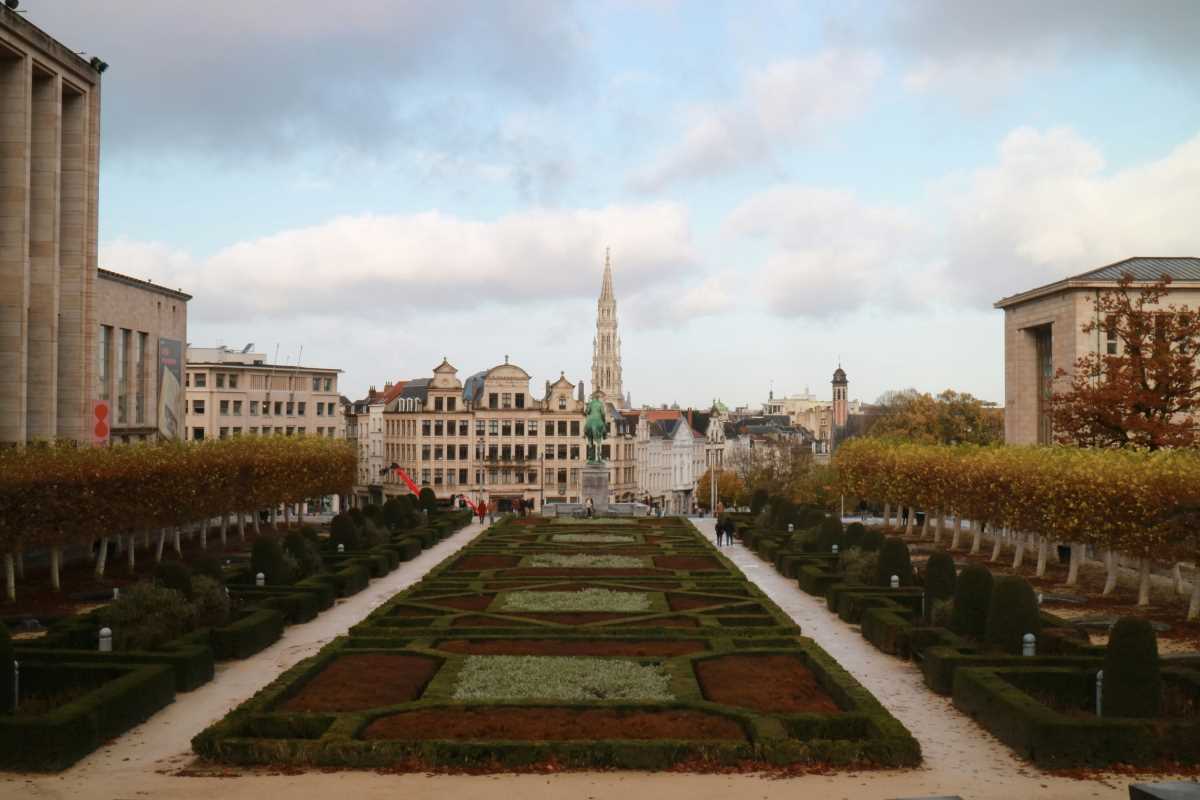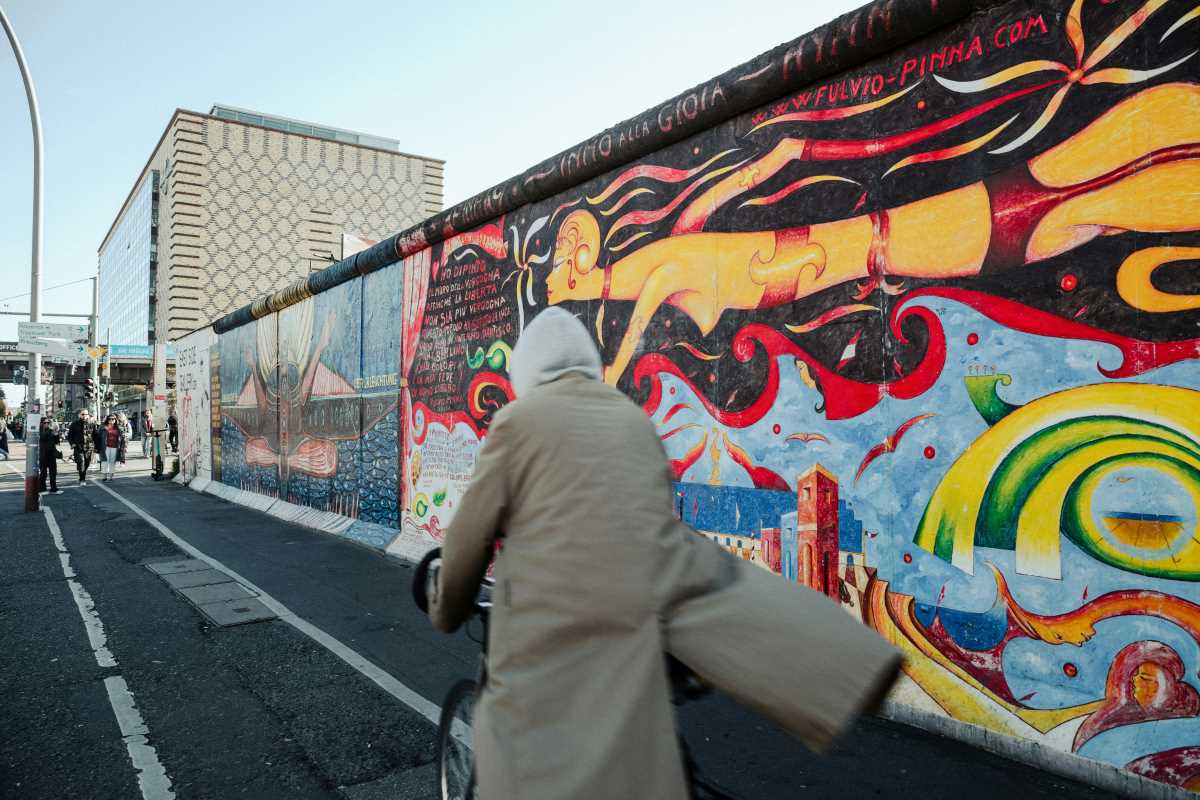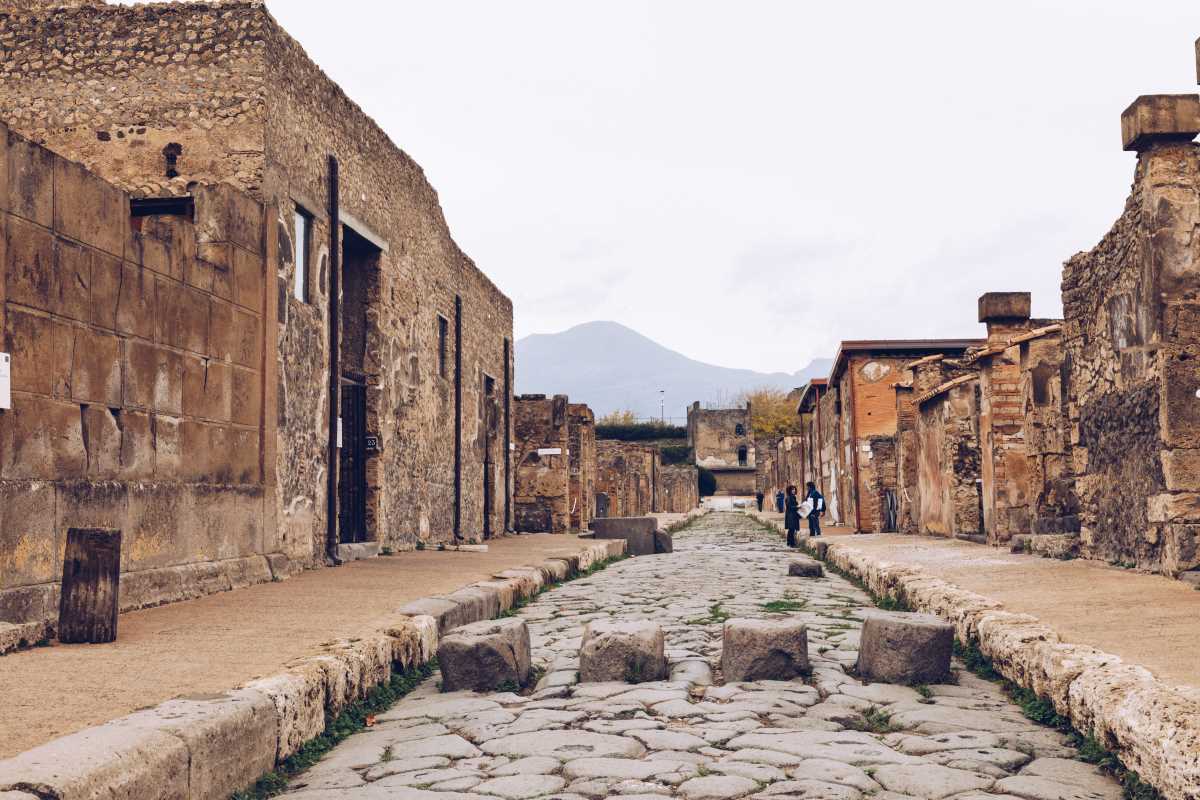Walking through city streets and country roads with a notebook lets you experience the sights and sounds that once fueled creative minds. As you pause at familiar corners or linger near old buildings, stories from the past begin to emerge from the landscape. Footsteps on cobblestones or the quiet of a shaded park bench reveal whispers of characters once imagined nearby. Every window, alley, and shop offers a connection to lives that shaped unforgettable books. By tracing these paths, an ordinary visit becomes a living conversation with history and imagination.
The journey often begins with curiosity about the echoes each neighborhood holds. As you follow specific routes, you’ll spot landmarks that once sparked deep reflection—a churchyard tucked behind ivy, a corner café still buzzing with quiet conversation. Focusing on these details layers personal meaning onto familiar streets, blending your own experiences with creative legacies as you move from one place to the next.
Voices Reemerge Through Place
Narrative landscapes aren’t just confined to printed pages. Walking through places that once inspired great works can revive characters in three dimensions. The curve of a river described in a novel or the worn facade of an inn once visited during hard times take on new life. The air, thick with history, becomes your guide—offering cues no brochure can match.
These immersive moments invite reflection. Sipping water from a centuries-old fountain or sitting in a square once sketched in a travel journal brings the past into the present. That flicker of familiarity bridges generations, showing how everyday places once gave rise to timeless stories. These realizations shape how you see the rest of the city—and literature itself.
When Streets Speak: New Perspectives on Literary Trails
Instead of focusing on one figure, consider exploring cities where multiple writers once lived or worked. This multi-layered approach brings new depth to familiar places. You may discover that two creatives—separated by time—found inspiration at the same bistro or under the same flickering gaslamp. Their works begin to speak to each other, and to you, across time.
There’s also power in uncovering hidden corners of the creative process—like the quiet office where a handwritten draft became a finished story, or a library archive where anonymous editors added final touches. These overlooked places are charged with influence, offering glimpses into the unseen parts of literary creation.
Create Your Own Literary Adventure Plan
- Mapping Writer Connections – Visualize overlapping routes for a multi-perspective walk.
- Steps:
- Choose three writers from the same city or region.
- Mark their homes or workplaces on an online map.
- Add public spaces they often visited.
- Cost: Free with basic apps; advanced versions ~$5/month.
- Tip: Use walking layers to find scenic shortcuts and quieter paths.
- Steps:
- Plan Your Stops – Build a narrative arc into your journey.
- Steps:
- Organize stops chronologically or thematically.
- Note key details to observe at each site.
- Estimate time for reflection and rest.
- Cost: Under $2 for printables; some free online.
- Tip: Color-code stops—green for calm parks, red for busy cafés.
- Steps:
- Connect with Historians or Librarians – Unlock unique insights and materials.
- Steps:
- Contact local history centers.
- Request a short chat or guided tour.
- Ask for access to rare items or photos.
- Cost: Usually free; ~$10 for special collections.
- Tip: Be precise about your research focus—insiders often know hidden gems.
- Steps:
- Match Season to Story – Align your route with literary atmospheres.
- Steps:
- Research seasonal moments from key passages.
- Check calendars for festivals or readings.
- Visit at dawn or dusk for immersive quiet.
- Cost: Many events free; some tours ~$15–30.
- Tip: Arrive early to chat with performers or guides—they often share unprinted stories.
- Steps:
- Use an Audio Companion – Let narration guide your steps.
- Steps:
- Download a literary walking app.
- Upload selected passages.
- Play audio at matching locations.
- Cost: Free basic access; ~$3 for themed packs.
- Tip: Wear one earbud only to stay aware of your surroundings.
- Steps:
Guided walks curated by locals can further enrich the experience, revealing layers of storytelling that connect folklore, history, and literature. Some trails highlight multiple generations of writers, showing how the same landscapes reappear through new eyes over time.
With the right tools and a bit of planning, each walk becomes more than just sightseeing. These outings bring stories to life underfoot—inviting you to listen, reflect, and become part of a narrative still unfolding.
 (Image via
(Image via





